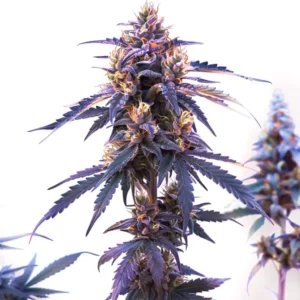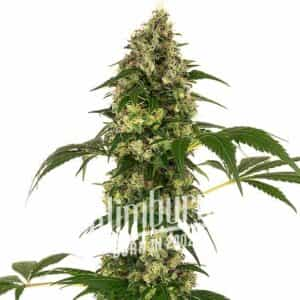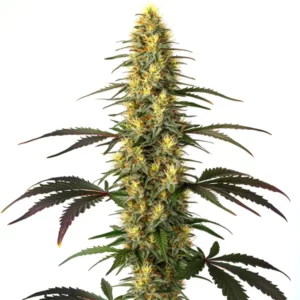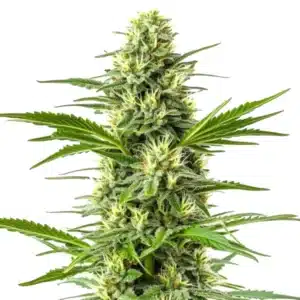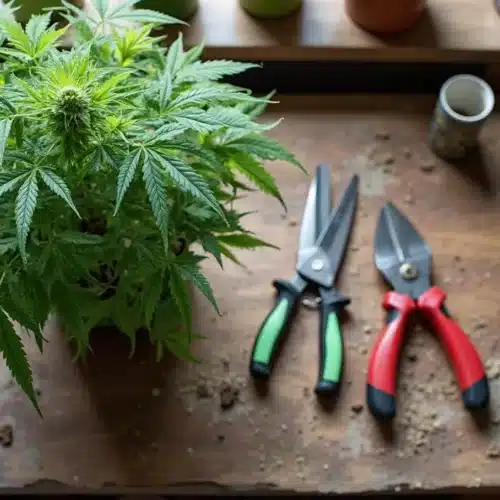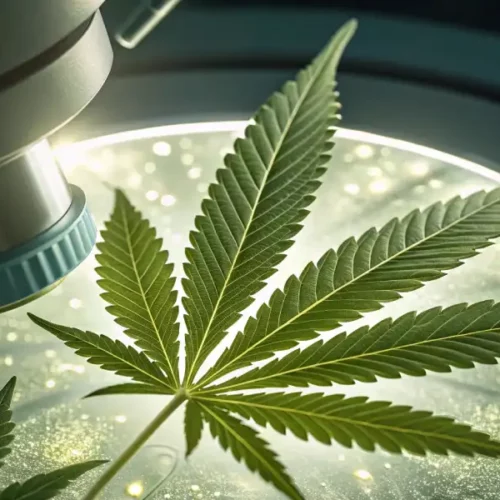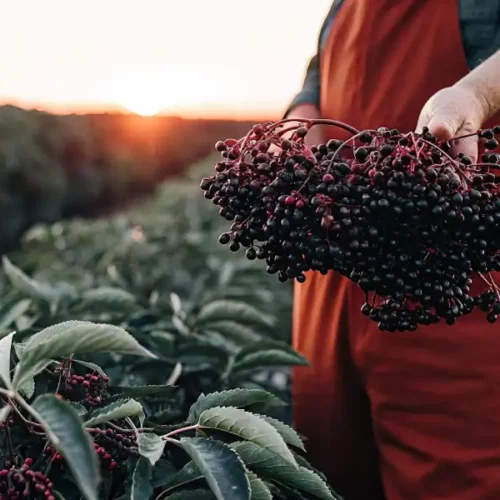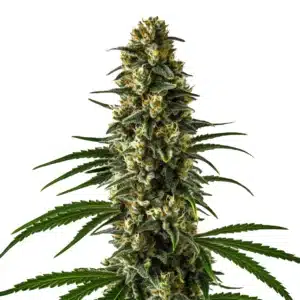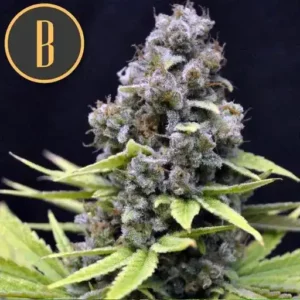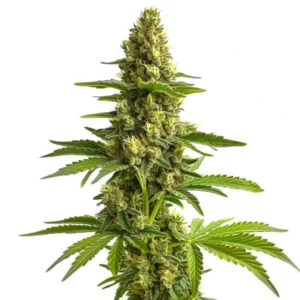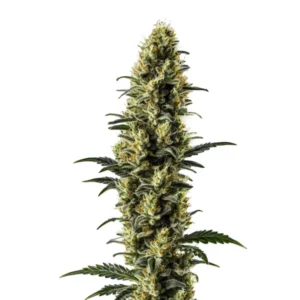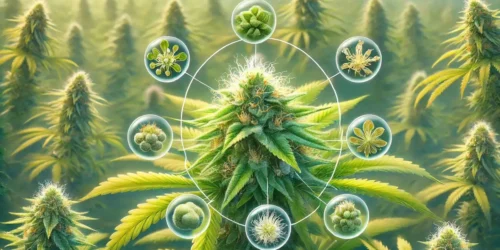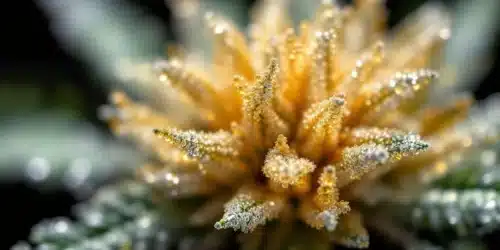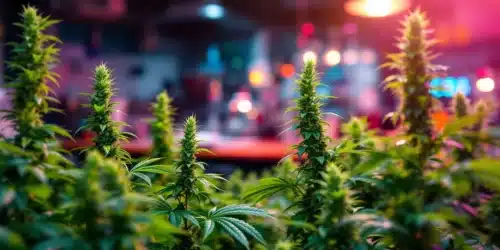Growing cannabis at home can be a truly enriching experience for both those new to gardening and seasoned plant enthusiasts. Whether you aim to save money, value personal cultivation, or want to learn a new skill, nurturing your own cannabis plants can be a rewarding and fulfilling journey. This guide aims to provide you with practical tips and advice to navigate the growing process with confidence, turning your home into a thriving cannabis garden.
Choosing the Right Cannabis Seeds
Choosing the right seeds is your first major decision in cannabis cultivation. This crucial step dictates the plant’s characteristics, growth conditions, and the ultimate effects. When selecting, it’s vital to consider seeds from reputable sources. High-quality seeds ensure reliable genetics and high chances of a successful grow, making your effort worthwhile.
Much like crafting a fine dish, selecting the right ingredients in the form of seeds can define your experience. Whether you’re interested in high yields, specific flavors, or particular effects, choosing seeds that align with your goals and environment will lead to the best results. Growing Cannabis At Home successfully starts with selecting the right strains that match your space, climate, and personal preferences. Consider what is most important for your personal use and space, tailored to create an ideal cultivation environment.
Types of Seeds
When choosing seeds, you typically have three main options: feminized, auto-flowering, and regular seeds. Each type offers unique benefits catered to different growing needs and levels of expertise. Your choice can significantly impact the simplicity and results of your growing effort.
- Feminized Seeds: These seeds are designed to produce only female plants, the ones that yield flowers or buds. They simplify the cultivation process, making them ideal for beginners who want a straightforward experience without the need to identify and remove male plants.
- Auto-flowering Seeds: These seeds transition from vegetative growth to the flowering phase automatically after a set period. Their short growth cycle and reduced reliance on light cycles make them an excellent choice for newcomers and busy growers.
- Regular Seeds: With the possibility of producing either male or female plants, these seeds are generally favored by experienced growers. They offer the opportunity to experiment with breeding plants and creating new strains, adding a layer of complexity and personalization to cultivation.
Each seed type demands a varied level of attention. Feminized seeds spare you the trouble of separating males, auto-flowering seeds reduce light management stress, while regular seeds invite creation and experimentation. Understanding these differences helps tailor the growing process to your specific aspirations and resources, ensuring both joy and success in your horticultural journey.
Promos & Deals
Setting Up Your Growing Space
Growing Cannabis At Home requires creating an efficient growing environment to achieve healthy cannabis plants. Whether transforming a small cupboard or dedicating a spare room, your space should meet specific environmental conditions. A well-thought-out setup leads to healthier plants and better yields.
When choosing your space, think about accessibility and control over environmental factors such as light, airflow, and temperature. These considerations are pivotal in either an indoor or outdoor setup. Your needs, budget, and environmental conditions will ultimately influence this decision.
Indoor vs. Outdoor Growing
Deciding between indoor and outdoor growing is crucial as it largely impacts plant management and results. Indoor growing provides more control over the environment, thus maximizing yield and quality. On the other hand, outdoor growing is cost-effective but heavily relies on prevailing weather conditions.
- Indoor Growing: Offering climate control, year-round growth, and privacy, indoor growing suits gardeners who prefer precision and reliability. Within controlled conditions, you can effectively manage factors such as light, humidity, and temperature.
- Outdoor Growing: By leveraging the power of natural sunlight, outdoor growing can be significantly more economical. However, it demands adaptability to seasonal changes and requires a location conducive to plant protection from harsh weather.
When planning your growing space, evaluate what fits your lifestyle, budget, and space availability. For indoor setups, focus on setting up grow lights, controlling temperature, and ensuring circulation and ventilation. Outdoors, your primary concern lies in securing adequate sunlight exposure and shielding plants from erratic weather patterns, optimizing the natural resources available to you.
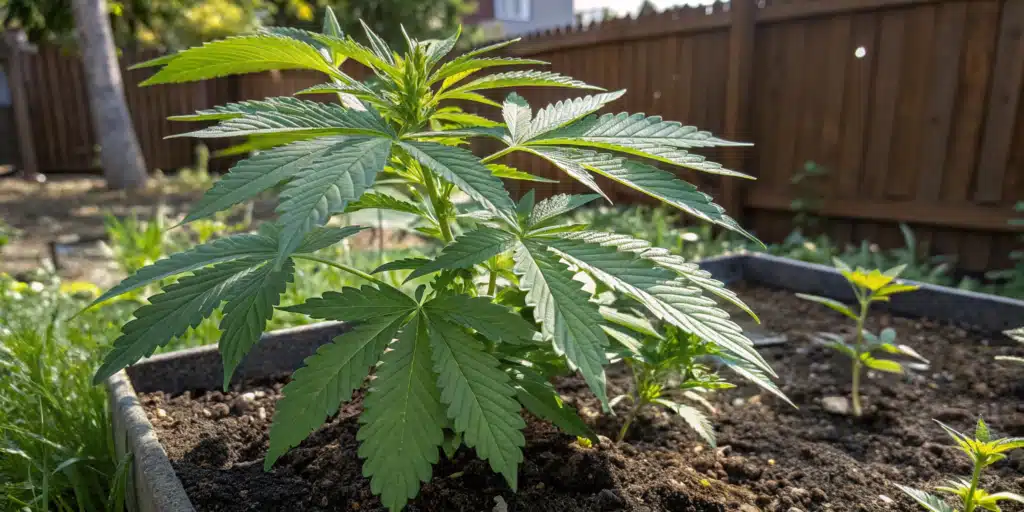
Plant Care Needs
To successfully cultivate cannabis, addressing your plant’s basic needs, including light, water, and nutrients, ensures vigorous growth and maximizes yield. These areas is fundamental to the well-being and productivity of your plants.
If you’re ready to ensure healthy growth, consider these specifics: the balance between lighting and darkness, proper soil and watering techniques, and a nutrient-rich diet. Each plays a crucial role in plant vigor and resilience, requiring thoughtful scheduling and observation—especially when growing cannabis at home, where environmental control and consistent care are key to a successful harvest.
Watering and Nutrients
Proper watering is critical to avoid problems like root rot, which can severely damage plant health. Ensuring good drainage in your soil or growth media and monitoring watering frequency is key to success. Additionally, cannabis plants require vital nutrients, typically delivered through water-soluble feeds.
- Watering Needs: Over- or under-watering is a common mistake. Regularly check soil moisture with your finger or a moisture meter to ensure proper hydration.
- Nutrient Schedules: Follow a feeding timetable carefully. Adjust as necessary based on the plant’s response and growth stage, ensuring they receive optimal sustenance.
For enhanced plant care, consider utilizing tools like a humidity gauge and a pH meter. These tools help maintain the right humidity, preventing mold, and ensuring a favorable pH level—which enhances nutrient uptake. Most cannabis thrives at a pH level of 6.0-7.0. Regular monitoring of these factors can significantly impact plant health and overall output.
Focusing on Three Popular Strains
When growing cannabis at home, selecting the right seeds is essential to achieving strong yields and satisfying results. Three popular strains from Blimburn Seeds come highly recommended to achieve specific growing goals: Critical XXL Autoflower, Bruce Banner 3, and Girl Scout Cookies. Each of these offers unique characteristics tailored to different growing environments and user preferences.
Critical Autoflower
Critical Autoflower is famed for its balanced effects and unique flavor profile, catering well to both beginners and seasoned users. As an auto-flowering strain, it simplifies the cultivation process by automatically transitioning to the flowering phase, ideal for maintaining minimal grower intervention.
With its reliable growth cycle, this strain can serve as a perfect starting point for new cultivators while still providing satisfying results for experienced ones. Its adaptability and consistent output make it an excellent addition to any growing endeavor.
Bruce Banner 3
The Bruce Banner 3 strain is celebrated for its potent THC levels, making it perfect for those seeking strong effects. However, it requires some experience to manage due to its vigorous growth tendencies. The strain offers an unmistakable and powerful experience that many seasoned users cherish.
Growers interested in Bruce Banner should be prepared for the plant’s energetic growth and be ready to manage it meticulously. Given its renowned strength, this strain is ideal for those looking to experiment with more challenging but rewarding cultivation projects.
Girl Scout Cookies
Girl Scout Cookies is a beloved classic known for its sweet, earthy flavor profile. It stands out as a versatile option that thrives both indoors and outdoors, accommodating a wide array of growing setups and preferences, whether you’re a novice or a seasoned cultivator.
This strain is appreciated for its adaptability, making it fitting for hobbyists who appreciate a mix of good yields and delightful flavor. Its enduring popularity attests to its consistent quality and enjoyable experience, earning it a spot in many gardens.
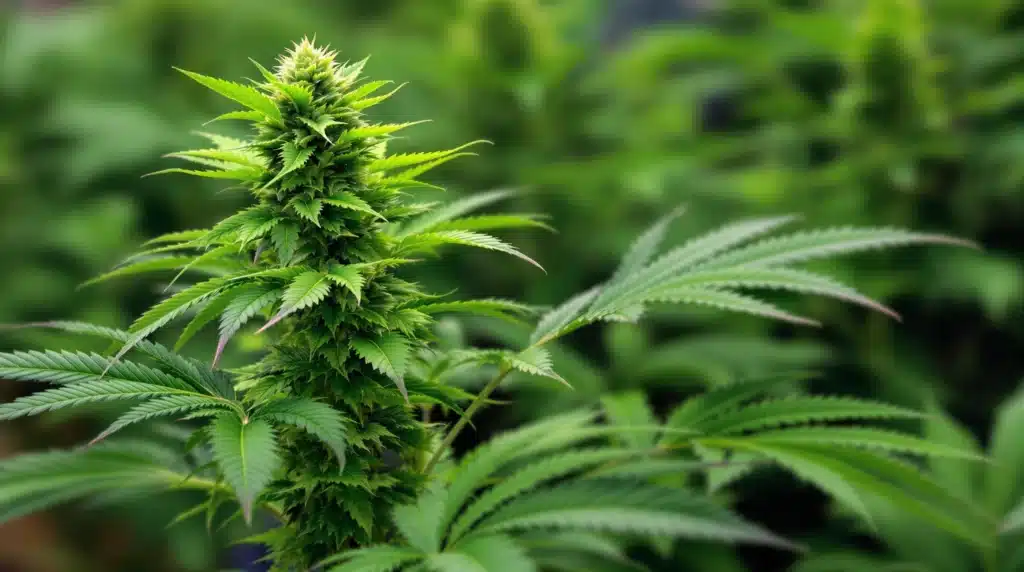
FAQs about Growing Cannabis at Home
Below, we address some frequently asked questions that provide further insights into enhancing your Growing Cannabis At Home journey. These practical responses aim to support both your learning and hands-on activities.
What is the ideal temperature for growing cannabis indoors?
Maintaining consistency in indoor temperatures is crucial for optimal growth. Aim for temperatures between 70-85°F (20-30°C) during light hours, with a beneficial drop of around 10°F (approximately 5°C) during the night. This stable climate supports steady growth and mitigates stress on the plants, promoting robust development.
It’s essential to keep fluctuations minimal, as inconsistent temperatures can lead to suboptimal growth patterns or increased plant stress, affecting your harvest quality. Managing your indoor climate effectively can greatly enhance your cannabis cultivation efforts.
How can I improve the quality of my harvest?
Improving harvest quality involves careful management of light exposure, nutrient application, and overall plant health monitoring. During the flowering phase, providing ample light is essential to boost bud development and maximize yield potential.
Avoid excessive feeding that could harm the plant tissues, and pay close attention to pest control measures to protect your crop. Maintaining a balance between nutrient availability and plant robustness is key to encouraging healthier and more productive growth. Regular monitoring and adjustments based on your observations can yield positive results.
How long does it take for cannabis to grow from seed to harvest?
The timeline for growing cannabis from seed to harvest typically ranges from 8 to 14 weeks, varying by strain and growing conditions. Auto-flowering varieties often complete their cycle in 8-10 weeks due to their quick transition to flowering. In contrast, regular and feminized strains might take longer—up to 12 weeks or more—requiring more extended vegetative and flowering phases.
Regardless of the strain chosen, patience and attention to detail throughout the plant’s life cycle are crucial. Adjusting to the unique demands of each strain can ensure a successful and rewarding cultivation experience, resulting in a satisfying harvest.

